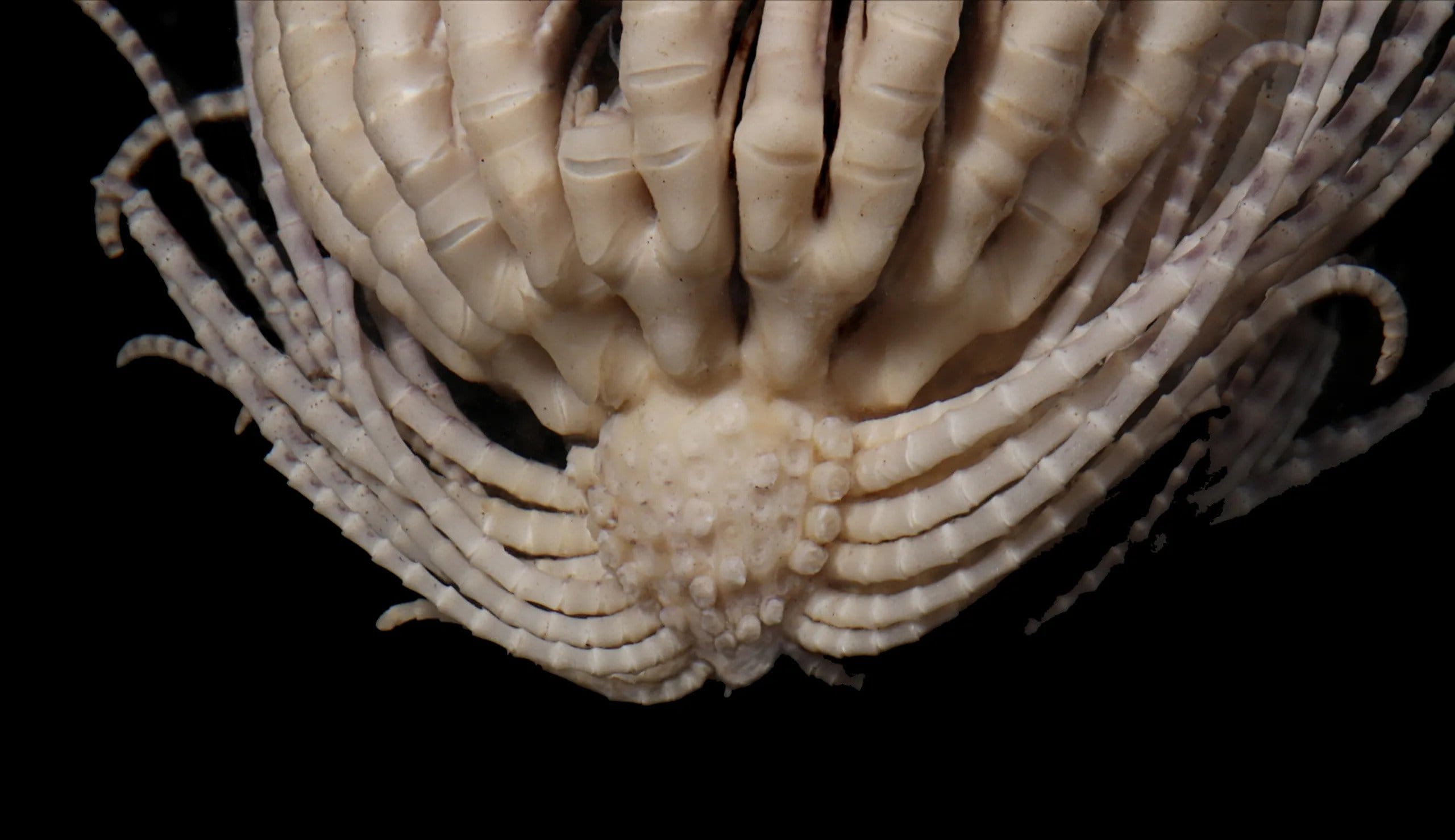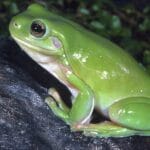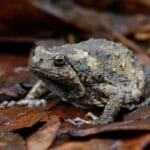Decoding the “Ten-Legged” Mystery
The New York Times crossword puzzle occasionally throws a curveball, and the “ten-legged sea creature” clue, appearing around July 6-7, 2024, is a prime example. The five-letter answer, PRAWN, has likely sent many solvers scrambling to online resources like nytcrosswordanswers.org and crosswordgenius.com. But the answer is more nuanced than it first appears, sparking debate about prawn anatomy and highlighting how a simple puzzle can ignite curiosity about the natural world. Want to explore the fascinating world of wrinkly dog breeds? Perhaps you’re curious about the myths and realities surrounding warts from frogs? This article will delve into the “ten-legged” mystery and reveal some surprising facts about these captivating crustaceans.
Prawns: Ten Legs, Plus a Little Extra
The crossword clue simplifies a complex anatomical truth. Prawns, like their shrimp, crab, and lobster cousins, belong to the order Decapoda, meaning “ten-footed.” They possess ten pereiopods, specialized appendages used for walking along the ocean floor. However, prawns also have two chelipeds—powerful pincers used for grabbing food and defense. These chelipeds, while not technically pereiopods, are still limbs, bringing the total appendage count to twelve. So, while the crossword clue points to prawns, it arguably oversimplifies their anatomy.
Decapods: A Diverse Family with Shared Traits
Prawns are part of a larger crustacean family, the decapods, united by a hard exoskeleton, a segmented body, and those ten pereiopods. This group includes familiar faces like crabs and lobsters. Each decapod species showcases unique adaptations suited to their specific habitats and lifestyles. Crabs scuttle sideways, lobsters lurk in rocky crevices, and prawns gracefully navigate various marine environments, from shallow coastal waters to the deep ocean.
Ongoing Research: Rethinking “Ten Legs”?
Some experts suggest that the chelipeds, those versatile pincers, might be more accurately classified as modified legs, potentially bringing the total leg count to twelve. This is still under scientific discussion, with ongoing research exploring the evolutionary development and function of decapod appendages. This reminds us that scientific understanding is constantly evolving, and what we consider “fact” today may be refined by future discoveries.
Beyond the Crossword: Prawns in the Ecosystem and on Our Plates
Prawns are more than just a crossword answer. They are essential components of marine ecosystems, serving as scavengers that help keep the ocean floor clean. They also represent a crucial food source for larger marine animals—and for us! Prawns are a culinary delight worldwide, starring in dishes ranging from scampi to sushi.
Comparing Decapods: A Closer Look
| Feature | Prawns | Crabs | Lobsters | Shrimp |
|---|---|---|---|---|
| Legs (Pereiopods) | 10 (used for walking) | 10 (used for walking) | 10 (used for walking) | 10 (used for walking) |
| Chelipeds (Pincers) | 2 (for food and defense) | 2 (for food and defense) | 2 (for food and defense) | 2 (sometimes small or modified) |
| Habitat | Varied, from shallow to deep ocean | Varied, including oceans and land | Mostly ocean, often rocky areas | Varied, mostly ocean |
| Diet | Scavengers, also eat small organisms | Omnivores | Omnivores | Varied, often filter feeders |
This table highlights the shared characteristics and unique adaptations within the decapod family. While all possess ten pereiopods, their diverse lifestyles and habitats showcase the remarkable biodiversity within this group.
From Puzzle to Exploration: The Power of Curiosity
The “ten-legged sea creature” crossword clue, with its slightly misleading simplicity, serves as a gateway to a world of fascinating marine biology. It reminds us that even a simple puzzle can spark curiosity and a deeper exploration of the world around us. So, the next time you’re stumped by a crossword clue, resist the urge to just look up the answer. Dive a little deeper—you might be surprised by what you discover.
- Unlock Elemental 2 Secrets: Actionable Insights Now - April 2, 2025
- Lot’s Wife’s Name: Unveiling the Mystery of Sodom’s Fall - April 2, 2025
- Photocell Sensors: A Complete Guide for Selection and Implementation - April 2, 2025
















